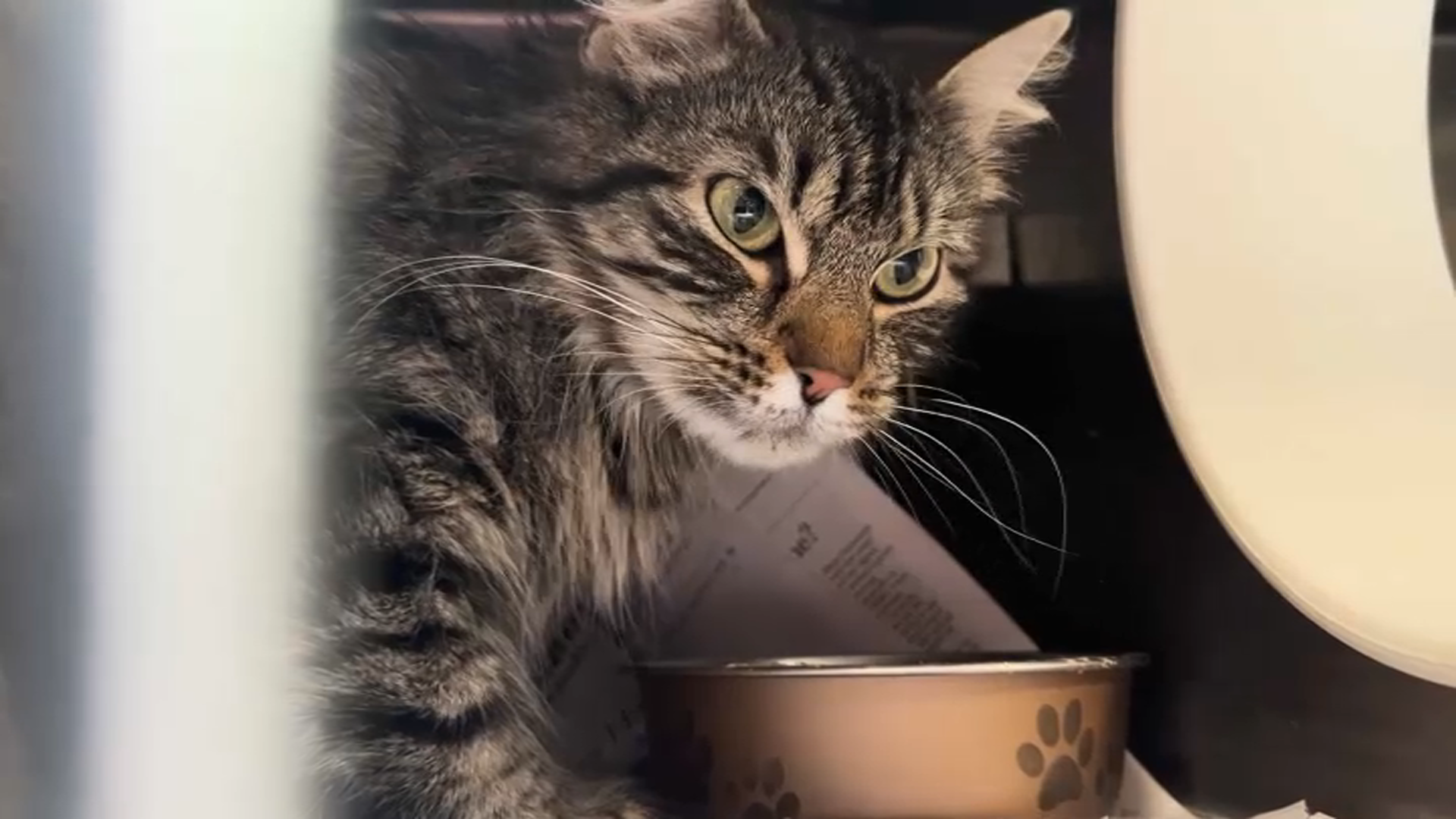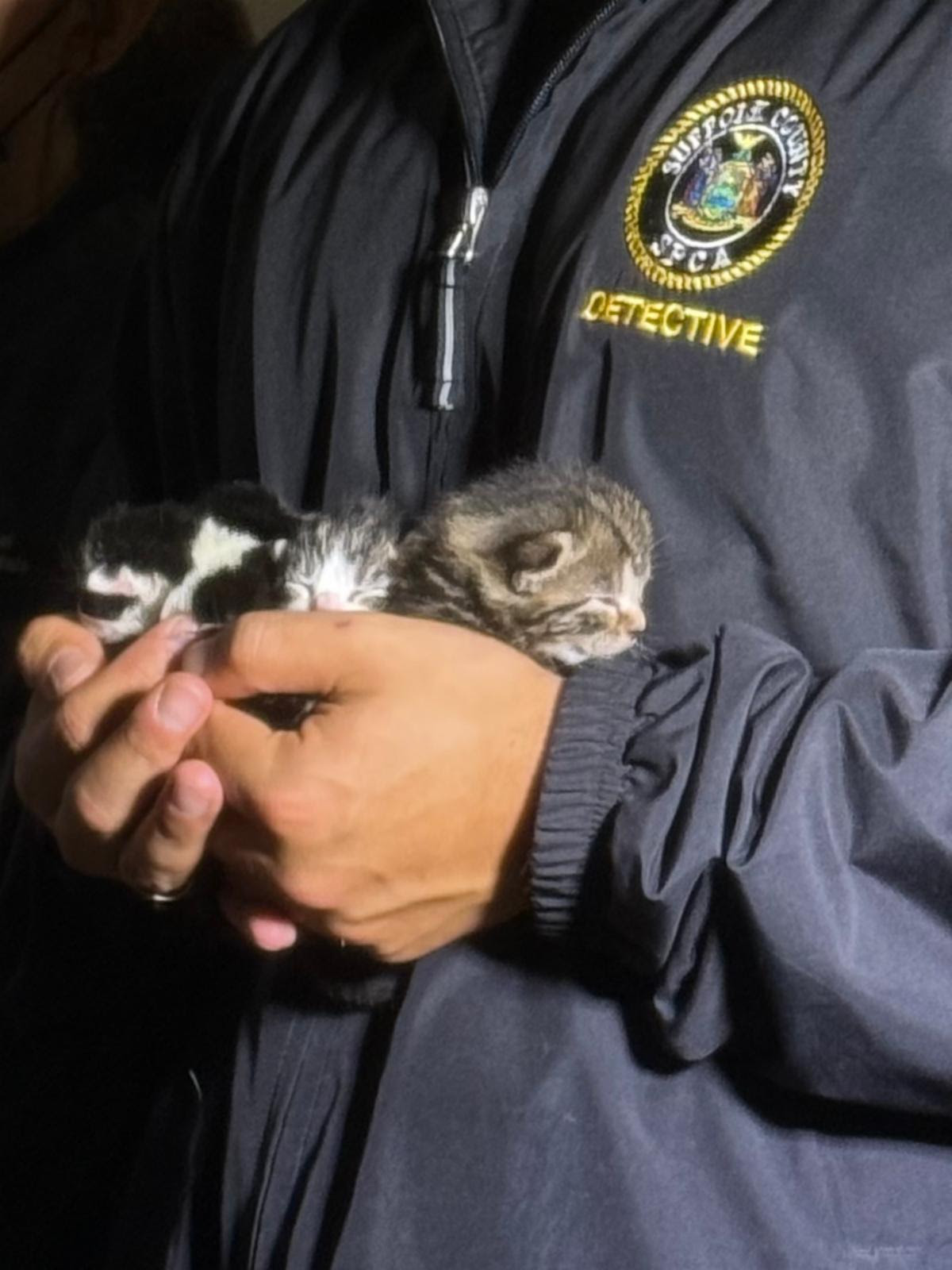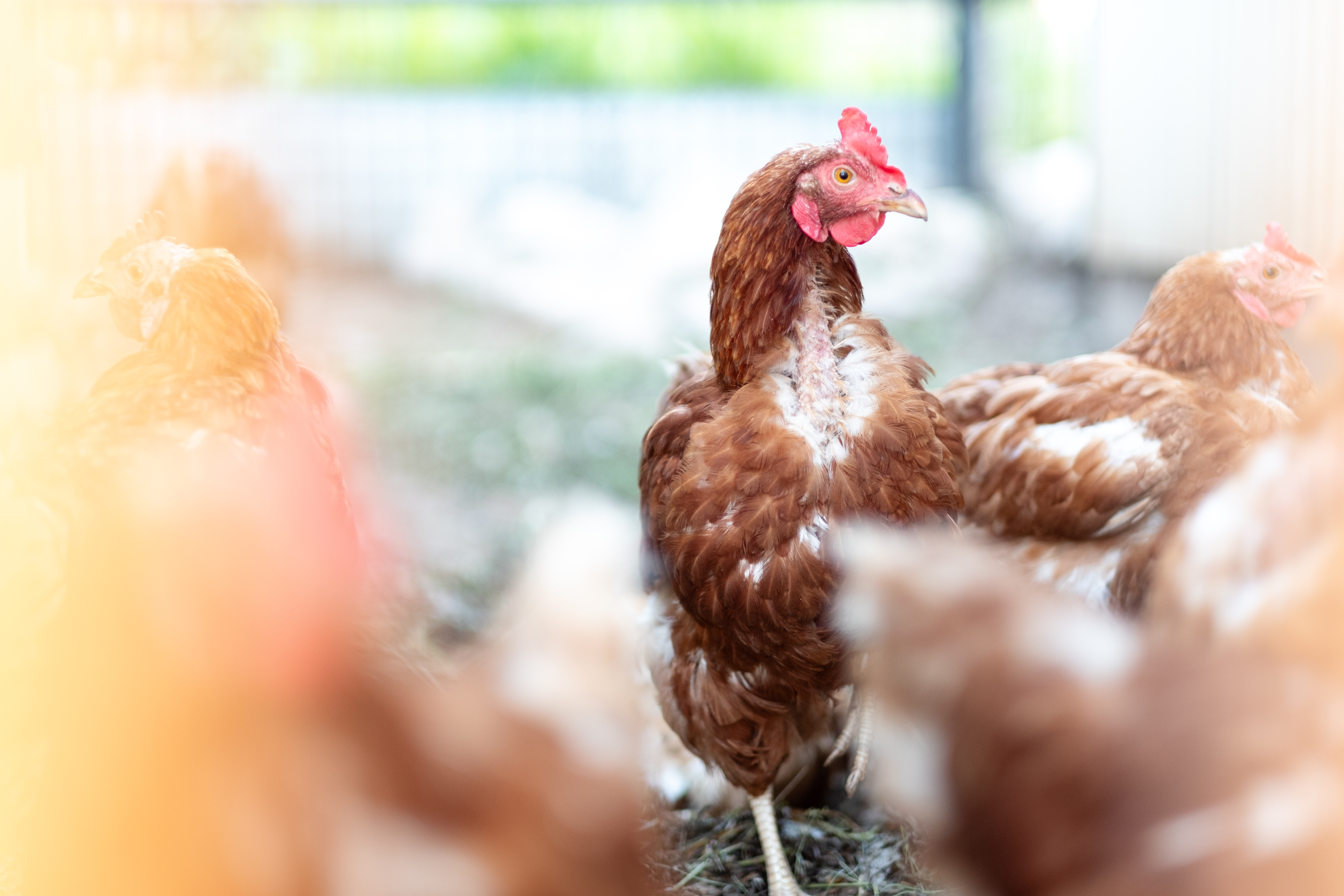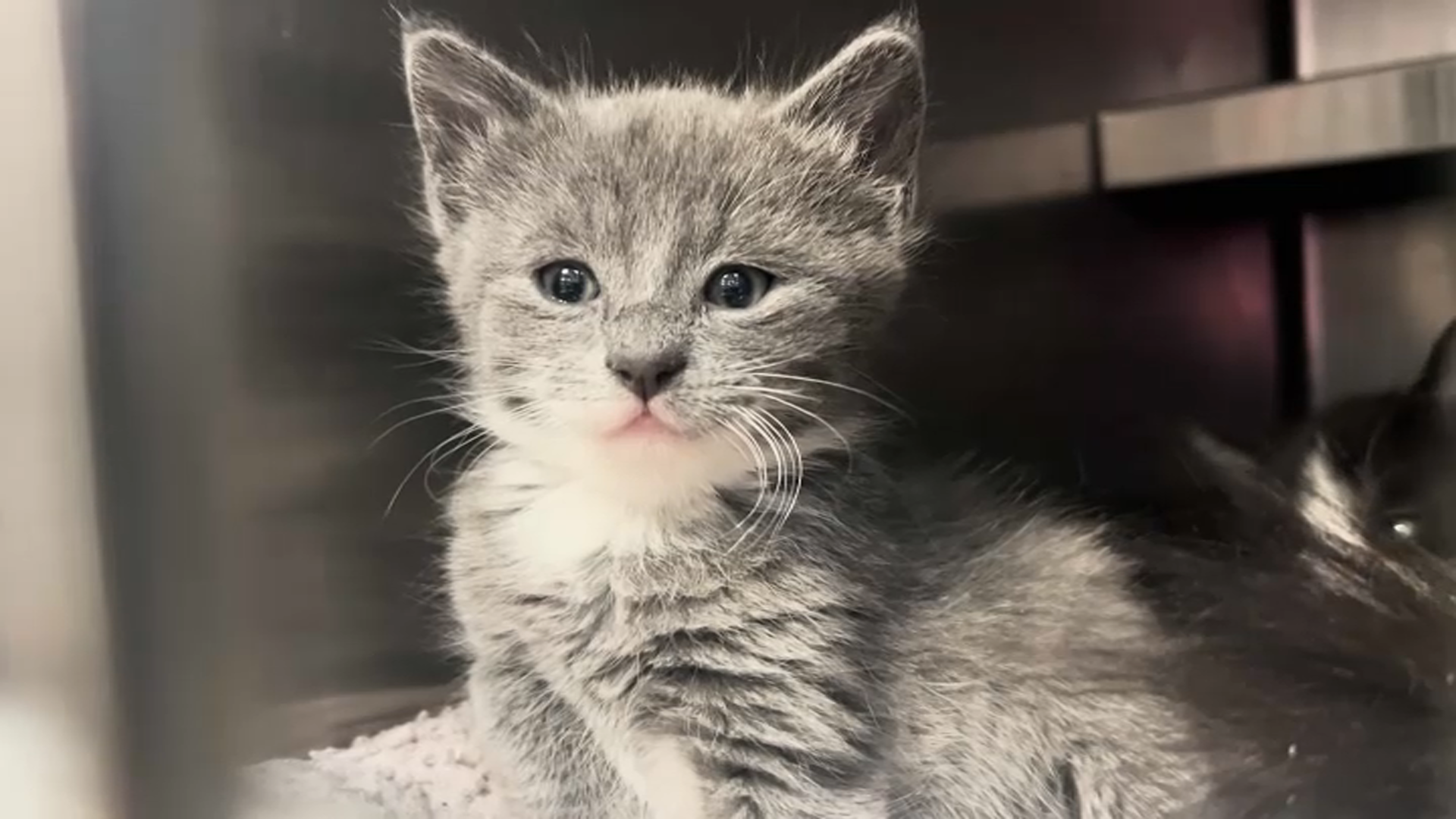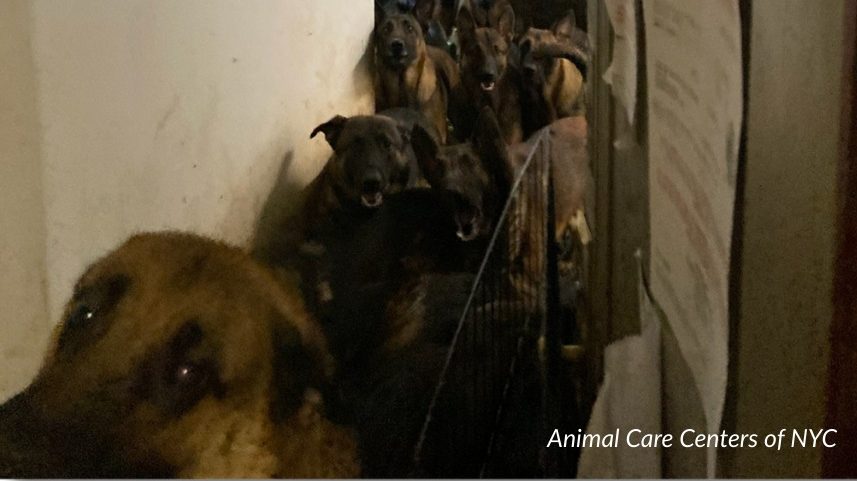Cats Abandoned: 30 Kittens Found Near Parkway!
Southern State Parkway Cat Rescue: A Mystery Unfolds
A Shocking Discovery: Kittens and Cats Abandoned
Imagine stumbling upon a scene straight out of a heartbreaking movie. That's exactly what happened to some teenagers biking near the Southern State Parkway on Long Island. Instead of enjoying a peaceful ride, they were met with a sight that would tug at anyone's heartstrings: multiple cages filled with cats and kittens. This wasn't just a few strays; we're talking about a potential crisis situation.
The Rescue Mission Begins
Enter John Debacker, an animal rescuer who responded to the call. Taking NBC New York along, Debacker ventured into the woods to investigate the scene. He described finding several dog crates and pods containing a staggering number of felines – around 30 in total! It's hard to fathom the sheer scale of it, isn't it? While empty bags of cat food and litter boxes suggested someone had been caring for them, the circumstances strongly implied abandonment.
Evidence of Care Amidst Abandonment
Debacker noted that the cats weren't in terrible condition. “They didn’t seem overly neglected so someone has been taking care of them in the past, but it probably just got too overwhelming,” he said. This raises a whole host of questions. Who were these cats' caretaker, and what led to this drastic situation?
Oyster Bay Animal Shelter Steps In
The rescued felines were swiftly transported to the Town of Oyster Bay animal shelter in Syosset for evaluation and care. You can only imagine the flurry of activity at the shelter as they geared up to handle such a large influx of animals. What would happen to these cats? Where would they go? Would they find loving homes?
A Twist in the Tale: An Owner Emerges
Just when you thought you had the story figured out, a major twist! Thomas McDermott, a man who claims to be the cats' owner, appeared at the shelter searching for his missing companions. He realized his cats had been taken, claiming ownership of the animals.
McDermott's Claim of Ownership
“I love them they are…” the reporting cuts off. Was he separated from the cats due to a misunderstanding? Could there be a valid explanation for the crates near the parkway? This adds a whole new layer of complexity to the situation.
The Legal and Ethical Implications
So, what happens now? Who legally owns these cats? Were they truly abandoned, or was there a legitimate reason for their presence near the Southern State Parkway? These are crucial questions that authorities will need to address. It brings to mind the age-old debate: what constitutes animal abandonment or neglect?
Defining Animal Abandonment
Abandonment isn't always straightforward. Was there adequate food and water available? Were the cats protected from the elements? These factors play a significant role in determining whether abandonment occurred.
The Investigation: Unraveling the Mystery
An investigation is likely underway to determine the facts. Officials will need to interview Debacker, McDermott, and possibly the teenagers who initially discovered the cats. Are there witnesses who can shed light on the situation? The truth is often hidden beneath layers of complexity.
What Happens to the Cats Now?
While the investigation proceeds, the immediate focus is on the well-being of the cats. The Oyster Bay animal shelter will likely provide necessary medical care, vaccinations, and socialization. But with so many cats, the shelter will undoubtedly be stretched thin.
The Role of Animal Shelters and Rescues
This situation highlights the critical role that animal shelters and rescue organizations play in our communities. They are often the first line of defense for animals in need, providing care, shelter, and ultimately, finding them loving homes. But are these resources sufficient to meet the growing demand?
The Overpopulation Problem
The Southern State Parkway incident also underscores the ongoing problem of pet overpopulation. Unspayed and unneutered animals can quickly contribute to an overwhelming number of unwanted pets, sometimes leading to desperate measures. Spaying and neutering are crucial for responsible pet ownership.
How You Can Help
Feeling helpless in the face of this situation? There are many ways you can make a difference! Consider donating to your local animal shelter, volunteering your time, or even fostering a cat or kitten in need. Every little bit helps!
Adoption: A Forever Home
Perhaps the most impactful thing you can do is adopt a cat or kitten from a shelter. You'll not only be giving a deserving animal a loving home, but you'll also be freeing up space for other animals in need. Adoption is a life-changing decision, both for you and your new furry friend.
The Broader Context: Animal Welfare on Long Island
This incident raises broader questions about animal welfare on Long Island. Are there adequate resources and support systems in place to prevent animal abandonment and neglect? Are pet owners educated about responsible pet ownership?
Community Education is Key
Raising awareness about responsible pet ownership is crucial. Education programs can teach people about the costs of pet ownership, the importance of spaying and neutering, and the signs of animal neglect.
The Power of Social Media
In today's world, social media can be a powerful tool for spreading awareness and mobilizing support. Sharing stories like this can help raise funds for animal shelters and encourage people to adopt or volunteer. A picture of a kitten can go a long way.
Going Viral for a Cause
Imagine if the story of the Southern State Parkway cats went viral! It could generate significant donations for the Oyster Bay animal shelter and inspire countless people to get involved in animal welfare. Social media has the power to transform lives.
Lessons Learned: Preventing Future Incidents
Ultimately, the goal is to prevent similar incidents from happening in the future. By addressing the root causes of animal abandonment and neglect, we can create a more humane and compassionate society for animals. Learning from our mistakes is essential for progress.
The Importance of Reporting Animal Neglect
If you suspect animal neglect or abuse, it's crucial to report it to the authorities. Your actions could save an animal's life. Don't hesitate to speak up!
Conclusion: A Call to Action
The discovery of 30 cats and kittens near the Southern State Parkway is a stark reminder of the challenges facing animals in our communities. While the mystery surrounding their abandonment remains, one thing is clear: we all have a role to play in ensuring the well-being of animals. Whether it's donating to a shelter, volunteering your time, or adopting a pet in need, every action makes a difference. Let's work together to create a better world for our furry friends.
Frequently Asked Questions
Q1: What should I do if I find abandoned animals?
If you find abandoned animals, the first thing to do is ensure their safety. Contact your local animal shelter or animal control agency immediately. Provide them with as much information as possible about the location, number of animals, and their condition. Do not attempt to handle the animals yourself if they appear aggressive or injured.
Q2: How can I help control pet overpopulation?
The most effective way to control pet overpopulation is to spay or neuter your pets. This prevents unwanted litters and helps reduce the number of animals in shelters. You can also support organizations that offer low-cost spay/neuter services.
Q3: What are the signs of animal neglect or abuse?
Signs of animal neglect or abuse include visible injuries, extreme thinness, lack of access to food or water, matted fur, untreated medical conditions, and animals left in unsanitary or dangerous environments. If you observe any of these signs, report it to your local animal welfare authorities.
Q4: How can I support my local animal shelter?
There are many ways to support your local animal shelter. You can donate money, supplies (food, blankets, toys), or your time as a volunteer. You can also foster animals, which provides them with a temporary home and helps them get adopted. Finally, consider adopting a pet from the shelter – you'll be saving a life!
Q5: Is it illegal to abandon animals in New York State?
Yes, it is illegal to abandon animals in New York State. Abandonment is considered a form of animal cruelty and can result in fines and even jail time. New York law requires pet owners to provide adequate food, water, shelter, and veterinary care for their animals. Any violation of these laws can result in criminal charges.
